Recent news from Florida has reported large numbers of poisonous toads invading urban environments due to heavy rainfall, which has allowed these amphibians to expand their range into city ecosystems. This has raised concerns because these toads can be toxic to dogs and other pets, as well as wildlife and even humans. Coincidentally, this surge comes during their breeding season.
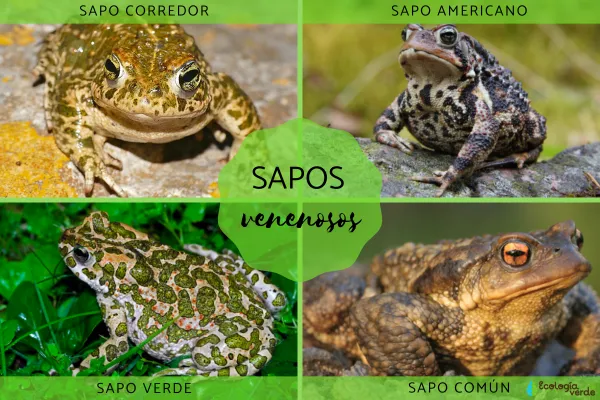
Similar scenarios occur elsewhere: in Spain, the presence of poisonous toads has drawn public attention, and in Mexico, certain species are known for toxins with hallucinogenic effects. Given that some species have potent toxicity, it’s essential to understand their types and features in order to avoid dangerous contact and safeguard both humans and animals.
This article will provide a comprehensive guide to poisonous toads, including examples of species, identifying characteristics, common myths, and their potential effects.
Poisonous toads occur all over the world. They can be classified according to their activity patterns (diurnal or nocturnal), preferred habitats (terrestrial, aquatic, or arboreal), and the potency of their toxins. You may already know the common toad (Bufo bufo) or the natterjack toad (Epidalea calamita), but there are many more species within the Bufonidae family that have notable toxicity:
Common toad / European toad (Bufo bufo)
Giant neotropical toad / cane toad / marine toad (Rhinella marina)
Natterjack toad (Epidalea calamita)
American toad (Anaxyrus americanus)
Asiatic common toad (Duttaphrynus melanostictus)
Green toad (Bufo viridis)
Cururu toad / Paraguay toad (Bufo paracnemis or Rhinella schneideri)
Sonoran desert toad (Incilius alvarius)
Argentine toad (Bufo arenarum)
Water toad (Bufo stejnegeri)
Note: Not all of these are lethal to humans, but many are extremely dangerous to pets, particularly dogs.
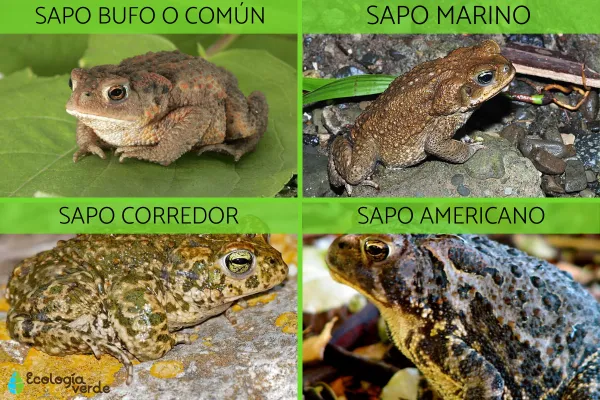
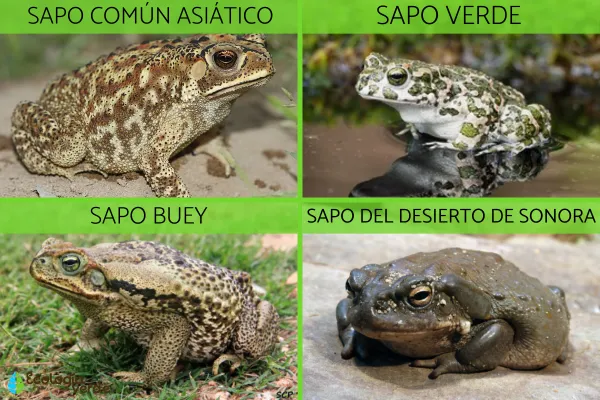
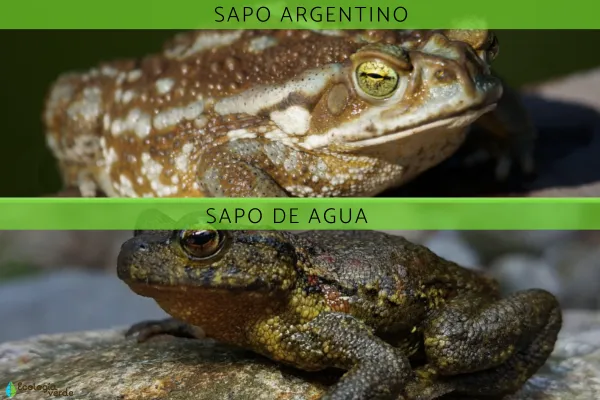
Technically, all toads secrete toxins from their skin as a defense mechanism against predators. However, toxicity levels vary greatly:
Highly toxic toads can cause severe or even fatal poisoning in humans, pets, and wildlife.
Low-toxicity or harmless toads produce mild toxins that do not cause serious harm, such as the common midwife toad (Alytes obstetricans).
Correct species identification is therefore crucial, so as not to treat all toads as equally dangerous.
Unlike snakes or spiders, toads do not inject venom. Instead, they rely on specialized skin glands that release toxic secretions. Key traits include:
Location of toxin glands
Found mainly behind the eyes (parotoid glands) and along the back.
Well-developed parotoid glands are common in the most toxic species.
Appearance of toxins
Usually a milky or whitish, sticky fluid.
Strongly irritating to predators, and in some cases, deadly.
Seasonal risk
Most poisoning cases occur in spring and summer, especially at night when people and pets are more likely to encounter toads.
Poisoning symptoms
Skin burning, redness, excessive salivation, vomiting, breathing difficulty, muscle paralysis, and cardiac arrest.
If a dog bites a toxic toad, rinse its mouth immediately and seek veterinary care without delay.
Strictly speaking, the title of “most poisonous toad” is misleading, because the deadliest species is actually the golden poison dart frog (Phyllobates terribilis), a member of the Dendrobatidae family, not the Bufonidae.
This frog inhabits tropical rainforests of Central and South America, warning predators with bright yellow, green, blue, or even pink skin, and producing a powerful nerve toxin.
Among true toads, species such as the giant neotropical toad and the Sonoran desert toad rank among the most toxic.
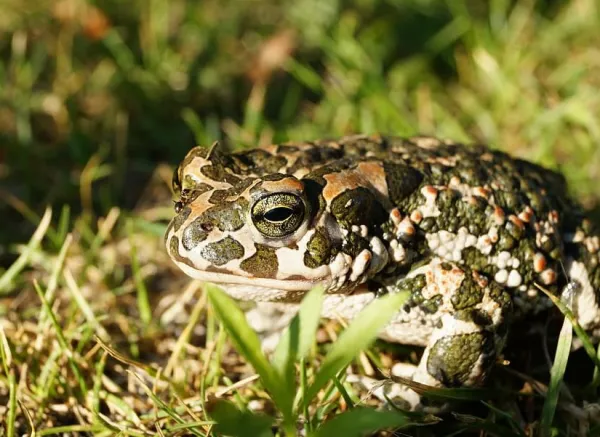
A popular myth claims that you can be poisoned if a toad spits on you. This is false.
The toxins are in the skin secretions, not in saliva.
Direct contact with the skin’s poisonous secretions is required to cause harm.
Bibliography
Bruna, Christian (2000) Poisonous Animals: Venomous Terrestrial Vertebrates Dangerous to Humans in Spain. Journal of the Dangers of Entomology.
Moyano, M.R. et al. (2009) Acute Toad Toxin (Bufo bufo) in Dogs. Electronic Veterinary Journal (Malaga, Spain). Volume 10 (4), pp: 1-5.
Valledor de Lozoya, A. (1994) Animal Poisonings: Poisonous and Urticating Animals of the World. Ediciones Diaz de Santos, S.A.
animal tags: poisonous toads
We created this article in conjunction with AI technology, then made sure it was fact-checked and edited by a Animals Top editor.